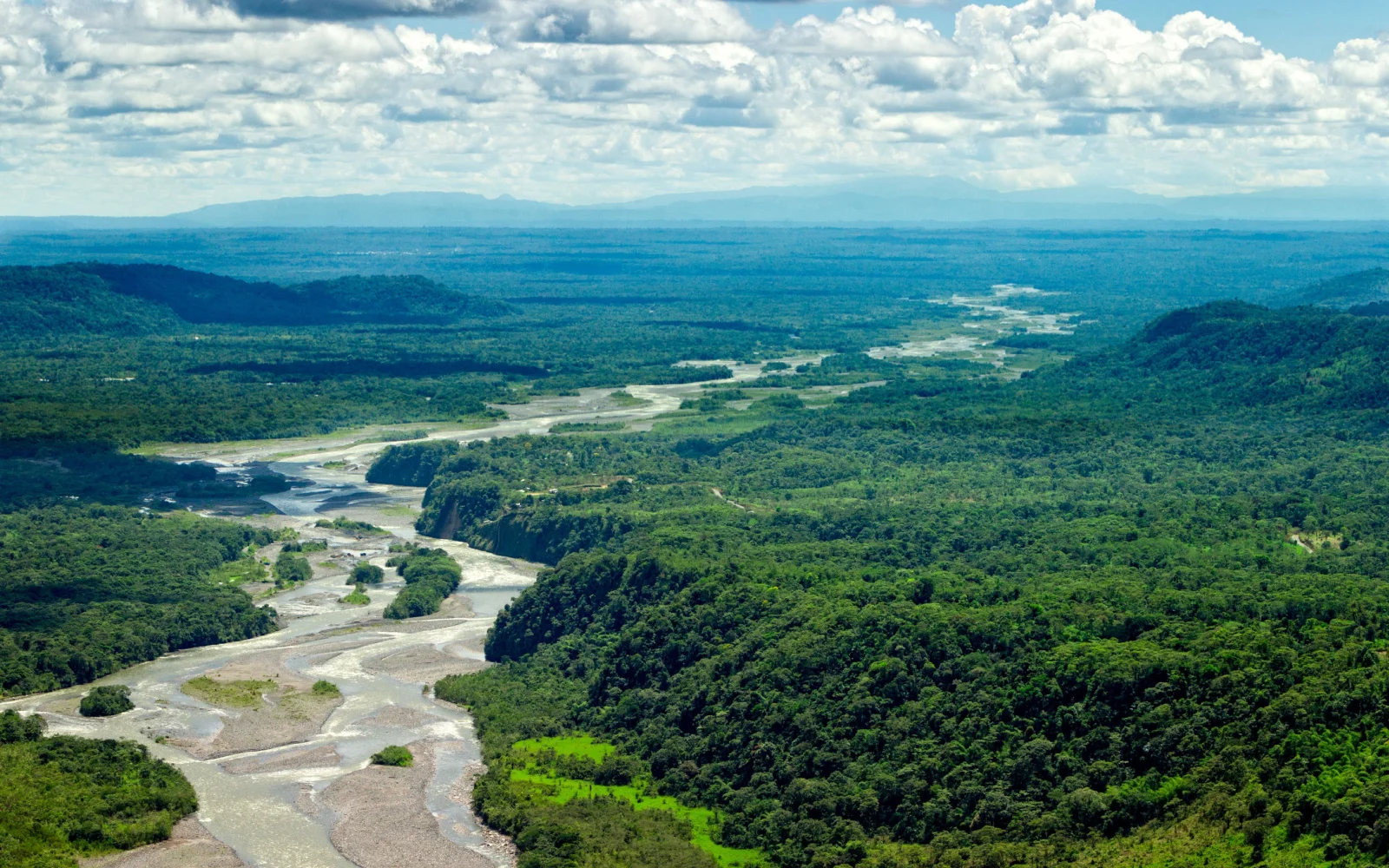What's the best time to visit the Amazon?
The best period to visit the Amazon is from June to November, during the low-water season, ideal for wildlife observation and activities like piranha fishing and forest trekking. This time offers clearer trails, fewer mosquitos, and comfortable temperatures between 78°F and 104°F.
Although July is busier, August sees fewer tourists, enhancing the tranquility of jungle exploration. Reduced water levels encourage on-foot adventures, providing a closer view of the Amazon’s diverse ecosystem.
The Amazon is a stunning rainforest full of amazing areas to explore. From the unique wildlife and charming rivers to the plethora of plants, local communities, and hiking trails, there’s something for everyone.
However, trying to decide when to visit may be a challenge, especially if you aren’t sure about the type of activities you can engage in during specific seasons. Then, there’s the weather, or more specifically, the dry season and the wet season.
No worries, though — we’ve done the hard work for you. We’ll tell you the best time to visit the Amazon, alongside things to consider before you go there. Let’s dive in!
The Best Time to Visit the Amazon
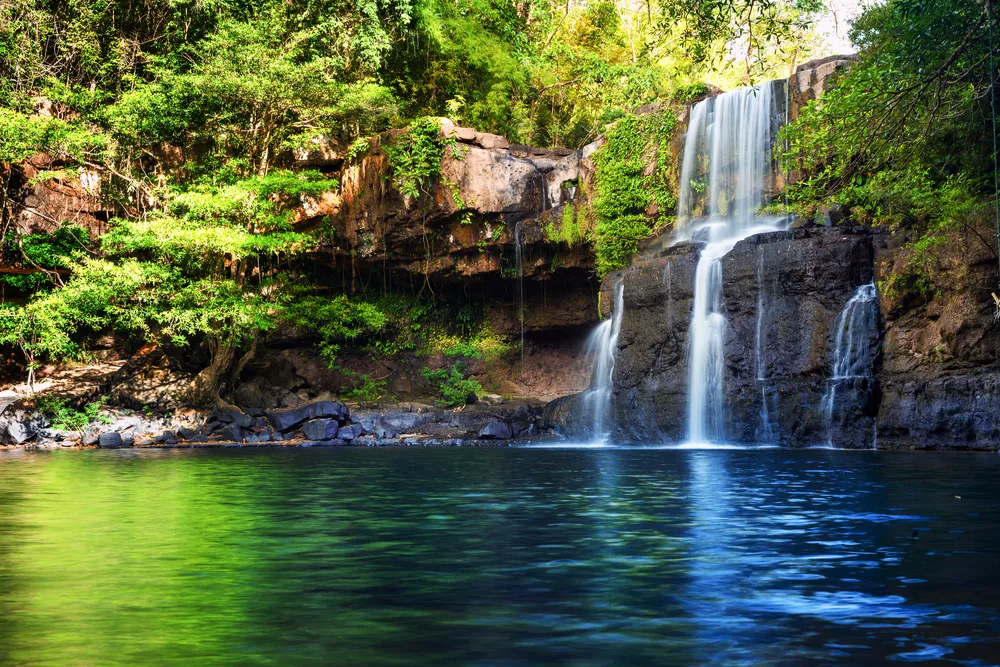
Cocos.Bounty/Shutterstock
The best time to visit the Amazon is during its low-water season, which lasts from June through November. As the water begins receding, fish, rare pink dolphins, and most forest animals tend to be concentrated in a single area.
This is also a great time to see the caiman crocodiles or go fishing. More adventurous visitors can opt for piranha fishing alongside a local guide instead.
Forest walks are also quite popular, as the hiking trails are much clearer, allowing visitors to go deeper and deeper into the rainforest. In general, most land-based activities such as trekking, hiking, canopy climbing, bird-watching, and wildlife spotting are much more enjoyable.
Feel free to join a guided hike tour and learn a thing or two about the ecosystem surrounding you, find an iconic birding spot, and observe a plethora of endemic and exotic birds.
In this period, there’s less precipitation (although heavy showers are still common), fewer mosquitos, and the average temperature is between 78°F and 104°F.
Note that July tends to be a busier month with Brazilians traveling, as July is a school-holiday month. However, August marks a quieter time with fewer visitors.
There’s limited access to some rivers in this period (some aren’t navigable at all), which is why exploring the jungle on foot isn’t only recommended but also strongly encouraged.
Cheapest Time to Visit the Amazon
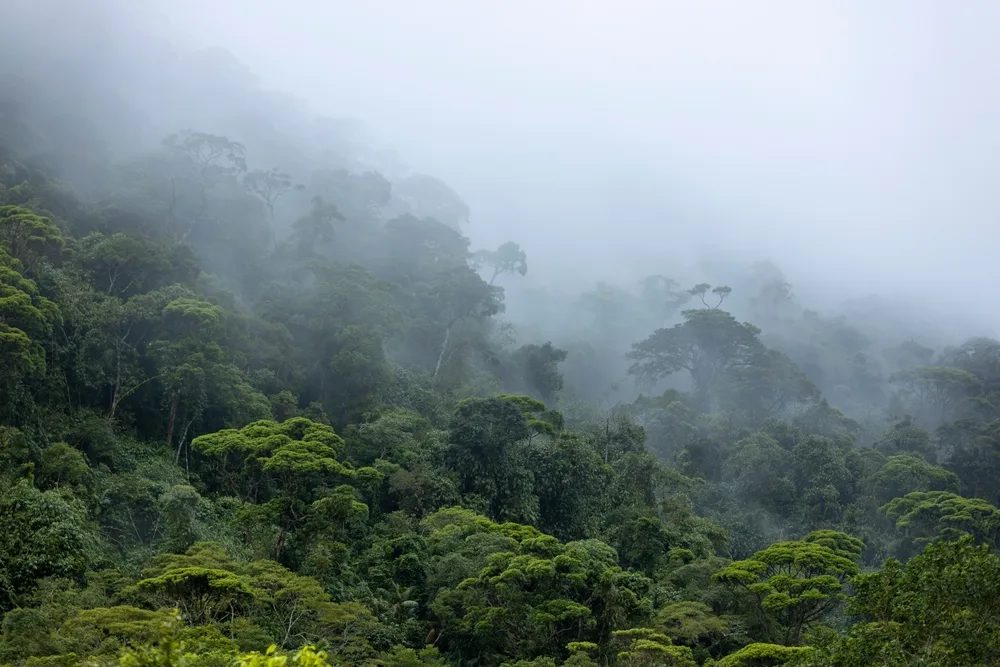
Maarten Zeehandelaar/Shutterstock
The cheapest time to plan your Amazon Rainforest trip is during the two shoulder seasons — in April or May and in September or October.
These four months are perfect for visitors who’d like to avoid higher prices and crowds. In April, the highest temperature is 90°F, and the lowest 71.8°F. In May, the highest temperature is 89.1°F, and the lowest is 71.4°F.
The September and October period don’t see a noticeable difference in temperatures either. Namely, if you go in September, expect temperatures between 91.4°F and 70.7°F.
In October, the temperatures range between 91.6°F and 71.6°F. The periods allow for greater flexibility, as they’re outside the busiest months, but they still provide great weather conditions.
For example, in April, once the Brazil carnival is wrapped up, prices dip, crowds dissipate, and Amazon’s intense heat is more under control.
Also, If you decide to go in April or May, you get to experience the flooded forests by getting closer to the canopies and the exciting animals residing in the treetops. There are many ways to embark on this exploration — we suggest a canoe for a more adventurous approach.
The flip side is that water-based animals are more dispersed, so spotting them is somewhat challenging. Visiting in September or October means it’s the tree animals that are harder to see.
Least Busy Time to Visit the Amazon
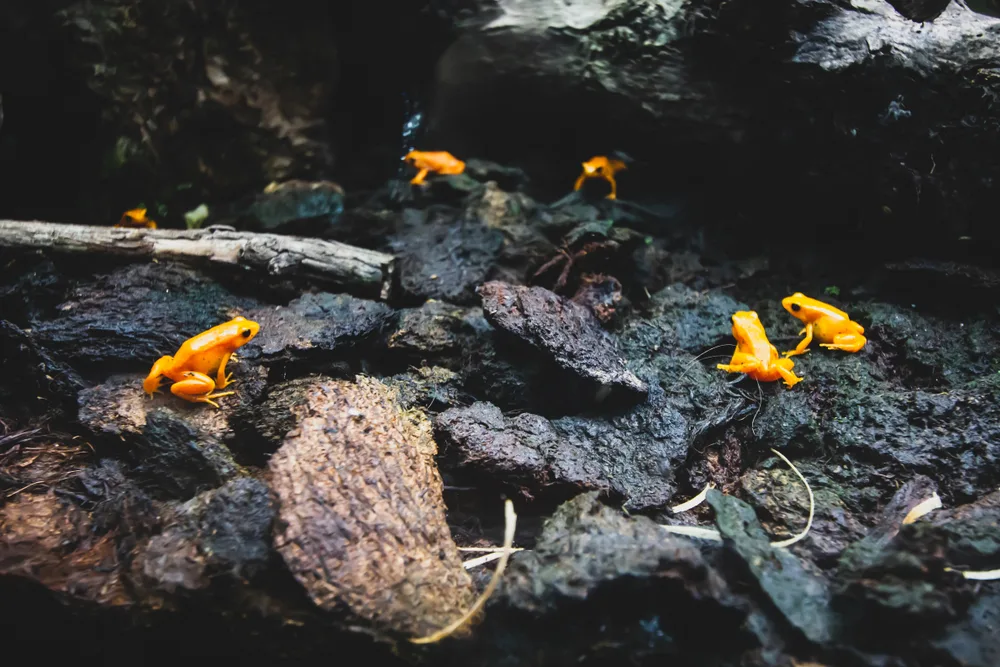
Andreeva Anna/Shutterstock
The least busy time to visit the Amazon is during the November–April period, as there’s a greater chance for heavy rainfall and warmer temperatures.
For many, this isn’t an attractive period to visit the Amazon, so you’ll definitely observe fewer crowds if you decide to go. Whether you go in November or April, you get to enjoy temperatures fluctuating between 91.4°F and 71.8°F.
Worst Time to Visit the Amazon
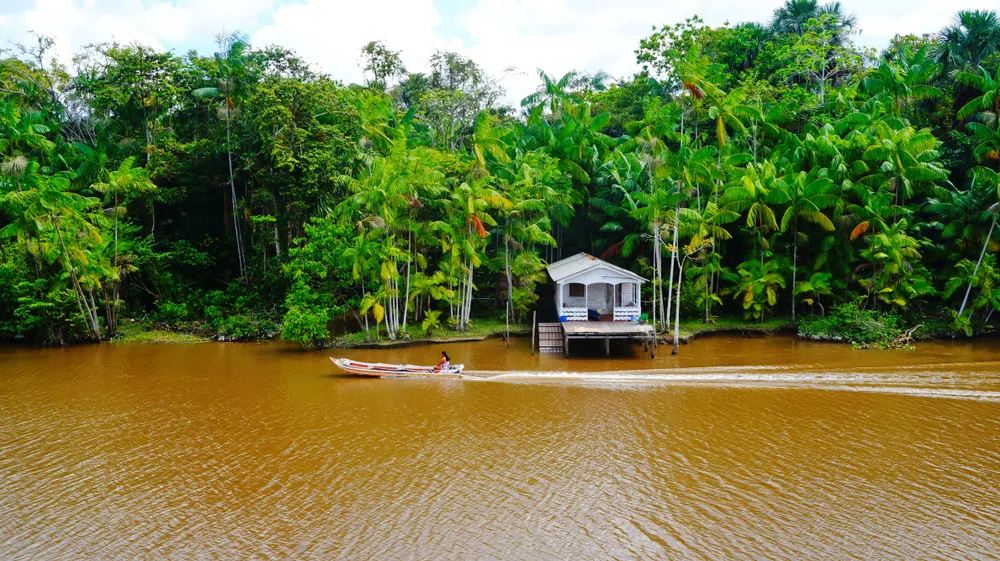
Otorongo/Shutterstock
There’s never a bad time to visit the Amazon, but for the sake of helping you navigate all the seasons better, we’ll classify the high-water season as the worst time to travel to the Amazon.
The high-water season (the December–May period) is when the rivers rise up to 7 m in certain parts of the Amazon Basin.
During all these months, the Amazon river is regarded as being at its highest. This makes all lakes, rivers, and creeks navigable and easily accessible but, unfortunately, results in the flooding of many jungle trails.
On the bright side, boat trips become an exciting adventure, visitors swim in the blackwater creeks, and travelers can engage in all sorts of water-based activities such as canoeing, kayaking, taking an Amazon cruise, or observing aquatic life.
If you decide to go on a cruise adventure, we suggest picking a cruise from places like Iquitos in Peru, Manaus in Brazil, or Coca in Ecuador.
Many believe that this period is also great for fishing, however, don’t set your expectations too high, as this activity is actually quite limited in the high-water months; the low-water season is a way better option for those looking forward to fishing.
Amazon’s weather in the high-water season is slightly colder and wetter. However, when we say cold, we mean cooler than the other months. The Amazon is warm any time of the year, so there are no drastic differences in temperatures.
They typically range between 73°F and 86°F, and there are many more mosquitoes. Also, expect pretty heavy showers and high humidity levels. That said, it’s worth mentioning that heavy rainfall contributes to the growth of fruit.
In turn, this draws the animals out and symbolizes the beginning of their mating season. Hence, going to the Amazon in this period is great if you hope to see birds, monkeys, and other exotic species.
However, what makes this the worst time to visit the Amazon, apart from the wet season, is that December also marks the beginning of Brazil’s festive period, which goes on all the way through February (and sometimes even as late as March 9th).
This translates into a sharp rise in prices and crowds for visitors (especially in January and February when the celebration vibes are in full swing). Advance planning is crucial in this period, but note that no matter how much you plan and book in advance, prices may be over the roof.
So, When Should You Visit the Amazon?
The overall best time to visit the Amazon is during the low-water months or anytime from June through November. This is when you can engage in a wide range of land activities, such as canopy climbing, trekking, and hiking.
All in all, the Amazon is always rainy and hot, so whenever you go, you might have some challenges with the weather and the precipitation.
But once you arrive and see the rainforest, the aquatic life, and what this beautiful nature hides, the weather will be the last thing on your mind, and chances are you’ll wonder why you waited so long for this adventure. Happy travels!



